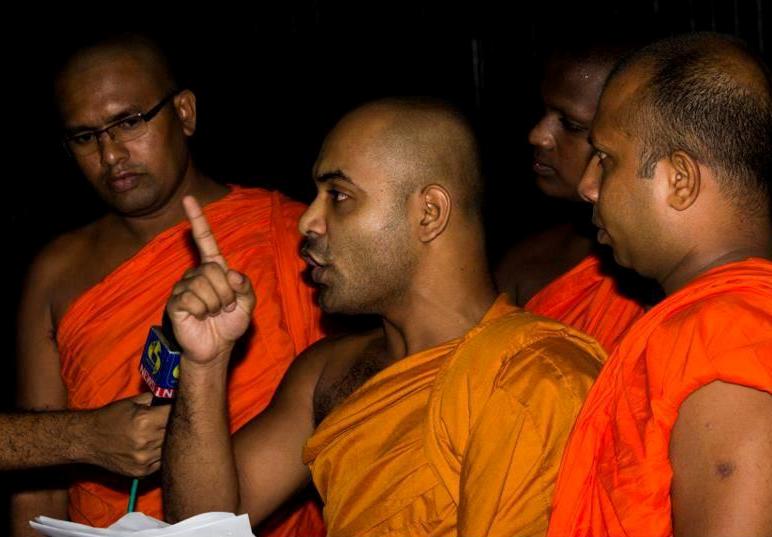Sri Lanka’s Years Of Shame: ‘1983’ Ghosts From Aluthgama To Digana


‘Violence is a disease, a disease that corrupts all who use it regardless of the cause’ ~ Christopher Lynn Hedges-Author, Journalist and Activist
Known as Black July, Anti-Tamil violence of July 1983 in Sri Lanka, was a watershed in its’ contemporary history, which altered the course of ethnic tensions in the country. The riots also marked a decisive shift in the course of ethnic politics in the country when non-violent approaches gave way to Tamil militancy which ultimately led to a 30 year old bloody war, economic collapse and international outcries about the abject failure of the government to protect minorities. L. Piyadasa or CR Hensman in his book “Sri Lanka” The Holocaust and After”, described the July 1983 violence as a pogrom and made a solid case against the JRJ Regime for it. It was in-fact not a spontaneous riot but a planned pogrom indeed; anti – Tamil violence became institutionalised and legitimised as an integral component of the war which later solidified into ‘anti-other’ State attitudes. The Black July riots were indeed well-planned and organized (Yogasundram 2006:310).
A. J. Wilson wrote about our insensitive Head of State at that time, “President Jayewardene was unequal to the task. At first he seemed numbed and unable to confront the crisis, but he then proceeded from blunder to blunder. He appeared on television on 26 July 1983 with the purpose of assuaging the fears and hysteria of the Sinhalese people, but he did not utter a word of regret to the large number of Tamils who had suffered from Sinhalese thuggery masked by nationalist zeal.” His senior ministers were no different. Minister Gamini Dissanayake warned Tamils that it would require 14 hours for Indian troops to come and rescue them but the Sinhalese could destroy them in 14 minutes if they wanted to. Lalith Athulathmudali felt sorry that people had to queue up again for essentials as a result of the violence, while Minister Ronnie de Mel gave a lecture in history about Sena and Guttiga. Cyril Mathew, who was widely thought to be the brain behind these racist attacks chose to raise the Indian bogey, seeing an alien hand behind the July 83 violence, which was clearly refuted by Minister Thondaman, accusing elements inside or close to the Govt to be responsible.
Government involvement in this mass uprising was highly suspected. Certain elements of the government in power were suspected of issuing copies of voters’ lists to the mobs. In some instances, it is believed that the mobs were dropped off at particular points in vehicles owned by government establishments. Many reports indicate that certain members of the armed forces stood by and watched while much of the looting and arson was taking place (Meyer 2001:121-2). In some instances, security forces even took part in the riots. An element of pre-meditation was also noted, as in the case of the prison riots that broke out on July 25 which targeted the Tami inmates, and it was suspected that prison guards may have provided the Sinhalese inmates with tools to break in to the Tamil ward. Amnesty International would later note that prison authorities had assisted the rioters at the Welikade prison (Amnesty International 1984:301).
JRJ indirectly blamed the Sinhala people by saying it was a natural reaction. However, it is wrong to blame the whole Sinhala people for the dark events of Black July 83; they need not assume collective guilt for this tragedy as it was no means a mass uprising of the entire Sinhala race against Tamils. As a matter of fact, the majority of the Sinhala people were against what happened then, and also protected and saved Tamils often at great personal risk. However, the critics still blame the overall silence of the majority community in not holding the rulers to account for failing to protect the Tamils from the Sinhala well-organized mobs, and allowing the tragic consequences of 1983 to follow while leaving fundamental problems facing the country and the communities remain beneath the surface, unresolved.

